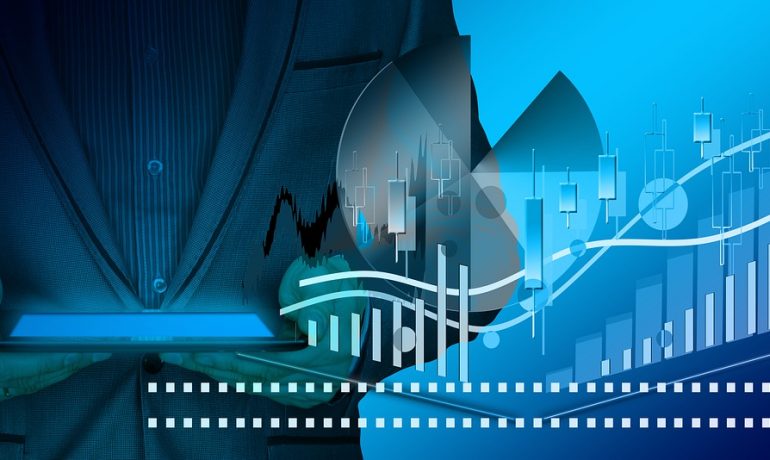Like many large organisations and consultancies, the EU’s JRC maintains and monitors a list of megatrends. In their case they have identified fourteen in their “Megatrends Hub”.
Although mostly these map onto SAMI’s own list of Drivers of Change (and subsidiary trends), there are some interesting differences, which are highlighted below. For each of the megatrends, they have found some scenario work that explores potential futures. This itself represents a valuable resource.
![]()
A lot of SAMI’s projects look at the implications of the changing nature of work and skills, but this is not highlighted in our own drivers of change, other than as consequences of the digital revolution and the demographics of an ageing population.
![]()
Digital transformation is clearly the major trend, particularly in an era of rapid advances in AI. JRC take an optimistic view on “agile” working, which is not only green but “purposeful”. There’s little reference to the challenges of a gig economy reaching into white collar work. They reference three studies of the future of work by the Millennium Project, PWC and Demos Helsinki, but choose to give prominence to the most positive scenarios in each analysis.
There’s no discussion of the challenges of managing organisations whose employees are from very different generations, with different motivations and values.
Diversification of education and learning
Another of JRC’s trends that we would have addressed under Fourth Industrial Revolution, but is perhaps worth pulling out.
![]()
They point out the opportunities of bringing greater flexibility into education, with modular approaches and life-long learning. Personalised tuition is anticipated, as is the need to develop new skills. But similar opportunities have been around for some time (anyone remember MOOCs?) and yet to be widely adopted. The pandemic showed how the social aspects of schooling were as important as knowledge acquisition (especially in Google world). Employers have been calling for better teamwork skills for years, so hyper-individualised learning is going in the wrong direction. There are no doubt funding issues in here too.
The changing global security landscape is an area that SAMI covers under “geo-politics”. But the JRC review raises some more interesting questions about different dimensions of security challenges. While latterly much of the focus had been on terrorism and cyber-crime, the increasing tensions of recent years have put it back on state actors. Examples are President Macron’s drive to “strategic autonomy” as well as the recent European Political Community Summit in Moldova.
![]()
Changes in technology are already having a major impact on battlefield strategies – drones, robots, exo-skeletons. But geo-political conflict has moved into other realms. Exploitation of energy resources and raw materials, control over scarce resources (notably water), deliberate disruption of supply chains, threats to infrastructures (power, internet, low-earth orbit satellites), disinformation and fake news, and migrants are other ways in which states can exert pressure. Space and cyber-space are both ripe areas for contest.
Increasing influence of new governing systems
This is an interesting megatrend that SAMI does not really address – the JRC’s thoughts however are very speculative. They identify the decline of traditional media and the prominence of digital media platforms, but the conclusion that this leads to more participatory forms of governance and multi-layered governing systems is debatable. In many cases today it seems that this empowers populist, autocratic governments.
![]()
JRC suggest that one trend is for “automated decision-making”, a frankly worrying approach to democracy. Another concept they highlight is “liquid democracy”, where citizens vote directly on issues. There are fundamental societal pressures in this area which means a wide range of scenarios are potentially possible.
SAMI refers to health under population dynamics (ageing populations), the climate emergency (immediate physical risks, more pandemics, pollution), AI and bio-technology (opportunities from genome editing, CRISPR and personalised medicine) and social attitudes (generational differences in smoking and drinking, obesity and mental health). The JRC pull these themes together and throw in resistance to anti-biotics as another threat.
![]()
They pull out a wide range of scenarios from the end of sickness through personalised medicine to the financial collapse of health systems. There’s certainly a lot to consider here.
Their other megatrends map more closely onto SAMI’s Drivers.
Population dynamics
Three of JRC’s megatrends are what SAMI group together under “population dynamics”: Continuing urbanisation, Increasing demographic imbalances and Increasing significance of migration.
As they tend to do generally, JRC focus on positive aspects – possibilities from better technology, local co-design of sustainable spaces, and urban resilience as “the new normal”. There may well be those opportunities, but the base line trend must surely be towards more chaotic and challenging megacities. But perversely whereas SAMI tends to view migration as an opportunity for Europe (to counter falling birth-rates), the JRC perspective is more pessimistic.
Geo-politics and economic growth
For JRC these are covered by Expanding influence of East and South,
Widening inequalities and Growing consumption
Climate emergency
Every set of megatrends has to cover this issue. JRC’s thoughts are grouped under Climate change and environmental degradation and Aggravating resource scarcity.
Fourth industrial revolution
SAMI’s take on the digital revolution is matched by the JRC’s Accelerating technological change and hyperconnectivity
It’s always worthwhile looking at different sets of trends. Other valuable ones include the UK Government Office for Science’s Trend Deck (10 sections of between 8 and 14 trends) and the European Environment Agency’s 11 “Global Megatrends”. A comparison of the latter with SAMI’s Drivers of Change is to be published shortly in the journal of Environmental Science. SAMI has also produced a Research Note on “Meta-megatrends” comparing different sets of trends.
You will probably want to use these trends to further your strategic thinking. SAMI can help you organise workshops to do this using various futures thinking tools such as Driver Mapping and Three Horizons.
Written by Huw Williams, SAMI Principal
The views expressed are those of the author(s) and not necessarily of SAMI Consulting.
Achieve more by understanding what the future may bring. We bring skills developed over thirty years of international and national projects to create actionable, transformative strategy. Futures, foresight and scenario planning to make robust decisions in uncertain times. Find out more at www.samiconsulting.co.uk.
If you enjoyed this blog from SAMI Consulting, the home of scenario planning, please sign up for our monthly newsletter at newreader@samiconsulting.co.uk and/or browse our website at https://www.samiconsulting.co.uk
Featured image by Gerd Altmann from Pixabay


